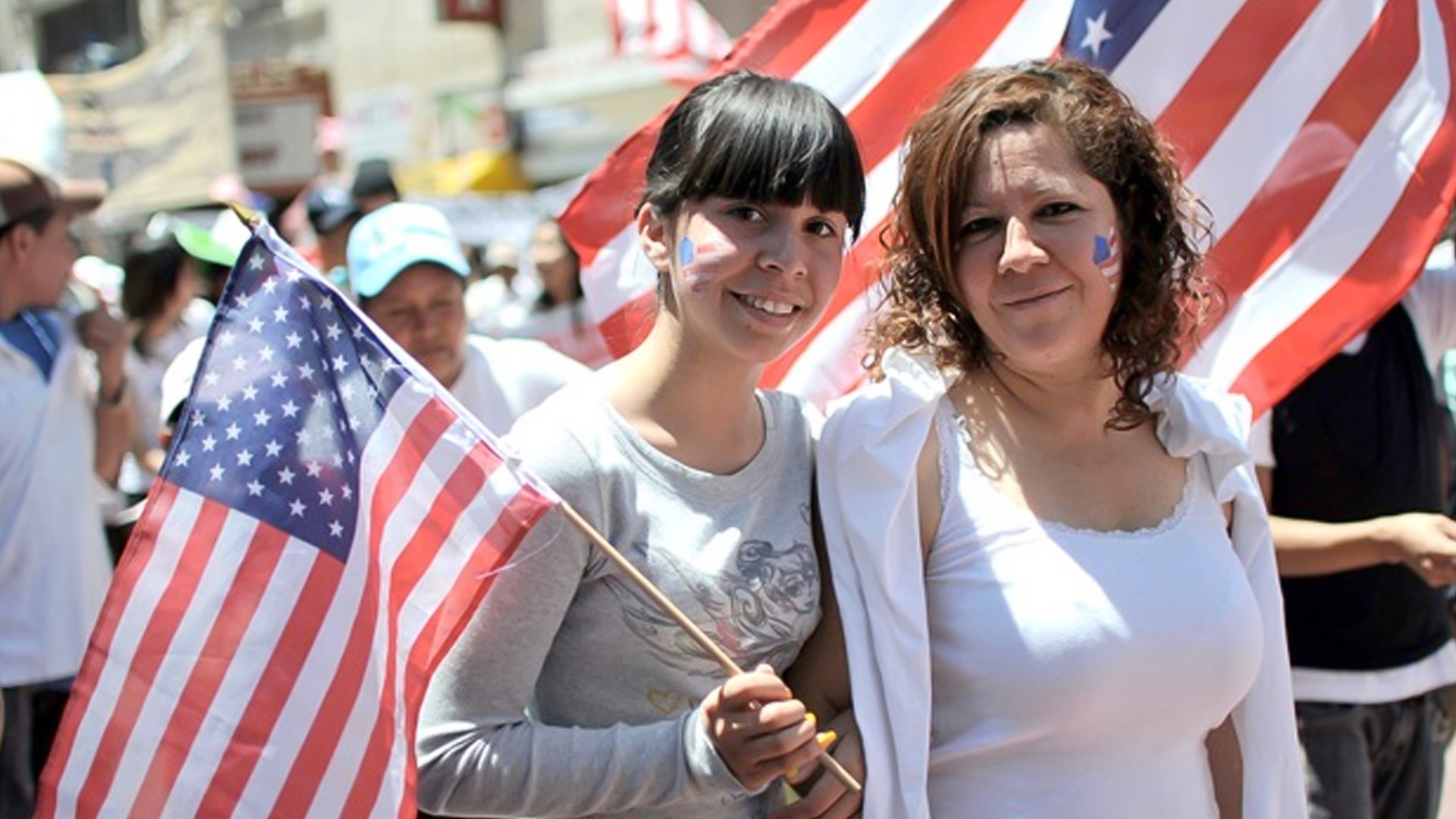During the 1980s, I met a Hispanic woman at a Los Angeles airport. She had come to the United States from Cuba five years earlier. I asked her what she liked about her new country. She readily mentioned the many things she enjoyed. Freedom and opportunity were highest on her list. Then I asked her what she didn't like about her life in this country. She adamantly said, "I don't like being called a Mexican," revealing feelings of being devalued. She was surprised when I informed her that I am of Mexican descent and born Mexican-American. She then added, " Oh, but I see you are not like one of them!"
What did she see? In a short time, the woman had unintentionally, yet incorrectly, categorized herself and other Hispanics in this country. Our short conversation revealed that Hispanics are not all the same and pointed to the need for a better understanding of the realities and subtleties of racial and ethnic diversity. However, what this woman missed was her own collective identity as a new American citizen—she is now a Cuban-American.
A Life in the Hyphen
The story of Jesus meeting the Samaritan woman at the well (John 4) epitomizes his commitment to change the lot of those living an in-between existence. The Samaritans, being both Jew and Gentile, were the half-breeds or mestizos of the time. Despite strong historical, cultural, and religious taboos, Jesus speaks with the woman. His disciples, carriers of the dominant Jewish tradition, are numbed, indifferent and both literally and figuratively "out to lunch" during this prophetic encounter. Meanwhile, Jesus affirms the woman's personhood and leads her to faith in him. She, in turn, spreads the good news of the Gospel to her community, creating a new cultural and spiritual paradigm.
The message conveyed in this story depends in part on where we place ourselves in it. Much like the Samaritans, today's ethnic Americans live between "two worlds." In other words, they live in the hyphen. To hyphenate is to connect or separate by a hyphen. The Aztec Indians in Mexico used the term Nepantla to describe an in-between, that is, a both/and, a middle type of existence.
The church must not see diversity as a problem to be solved, but it must see it instead as the way to complete its prophetic identity.
Mexican-Americans were the first to face a life in the hyphen. Living along the Spaniards' El Camino Real (the King's highway), Mexicans became Americanos after the U.S.-Mexican War (1846-1848). This defining event for both nations forged a new identity. Those from 22 Latin American and Caribbean nations arrived later, each coming with their own history and cultural differences. But under the skin, we are all kin. We are all members of the human race and familia.
As I write, Hispanics have become very visible and the topic of many conversations, debates, and propositions, from the White House to the neighborhood grocery store. Present birth rates and immigration factors indicate that U.S. Hispanics will continue to grow for many years to come. The "Hispanic issue" is here to stay and begs to be settled constructively and effectively.
The contribution of Hispanics to America's future is being discussed. In Southern California, the question on the cover of the Orange County Business Journal asked about "the key to California's future." The editorial response, based on the research study "California 2025," stated: "It Depends upon How Far Latinos Take Us."
Publishing for Hispanic Christians
The challenges and consequences of diversity have dramatic implications for every institution in society. It calls for the re-creation of institutions so that individual and group differences are respected and allowed to coexist and to converge in constructive ways. Some institutions pay little attention to diversity and continue to institutionalize inequality. Others glorify diversity to be politically correct. Still others work hard to understand and struggle to engage diverse populations.
What are the implications for the church today? The church was born to be global. The final picture of the church (Revelation 7) includes those from every language, tribe, and nation. To complete this portrait, the church must not see diversity as a problem to be solved but rather as the way to complete its prophetic identity. To this end, racial and ethnic groups are the social and spiritual capital of the Body of Christ.
Herein lies the mission of Cristianismo Hoy, the digital publication for Hispanic Christians being developed by Christianity Today. This publication can do the following: (1) address the global Church scripturally and experientially; (2) engage those who are marginal in society and make them central in God's Kingdom; (3) bring Hispanics together—both with each other and with those of the dominant culture. To this end, Cristianismo Hoy will educate leaders to address the fundamental values and the gifts of Hispanics so as to become "salt and light," and influence our nation. Cristianismo Hoy will offer transformative leadership to create a faithful and spiritual influence in our nation that is in moral and spiritual decline.
Dr. Jesse Miranda is distinguished professor at large, Vanguard University, founder of the Latin American Theological Seminary, and serves as the chief executive director of the National Hispanic Christian Leadership Conference.









